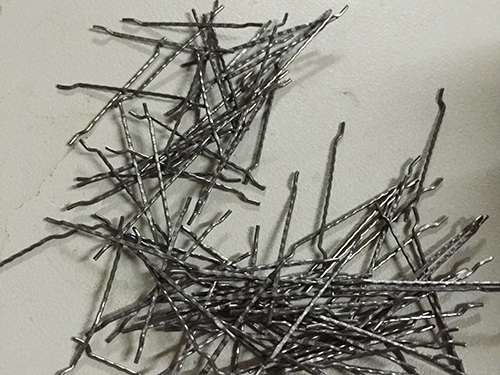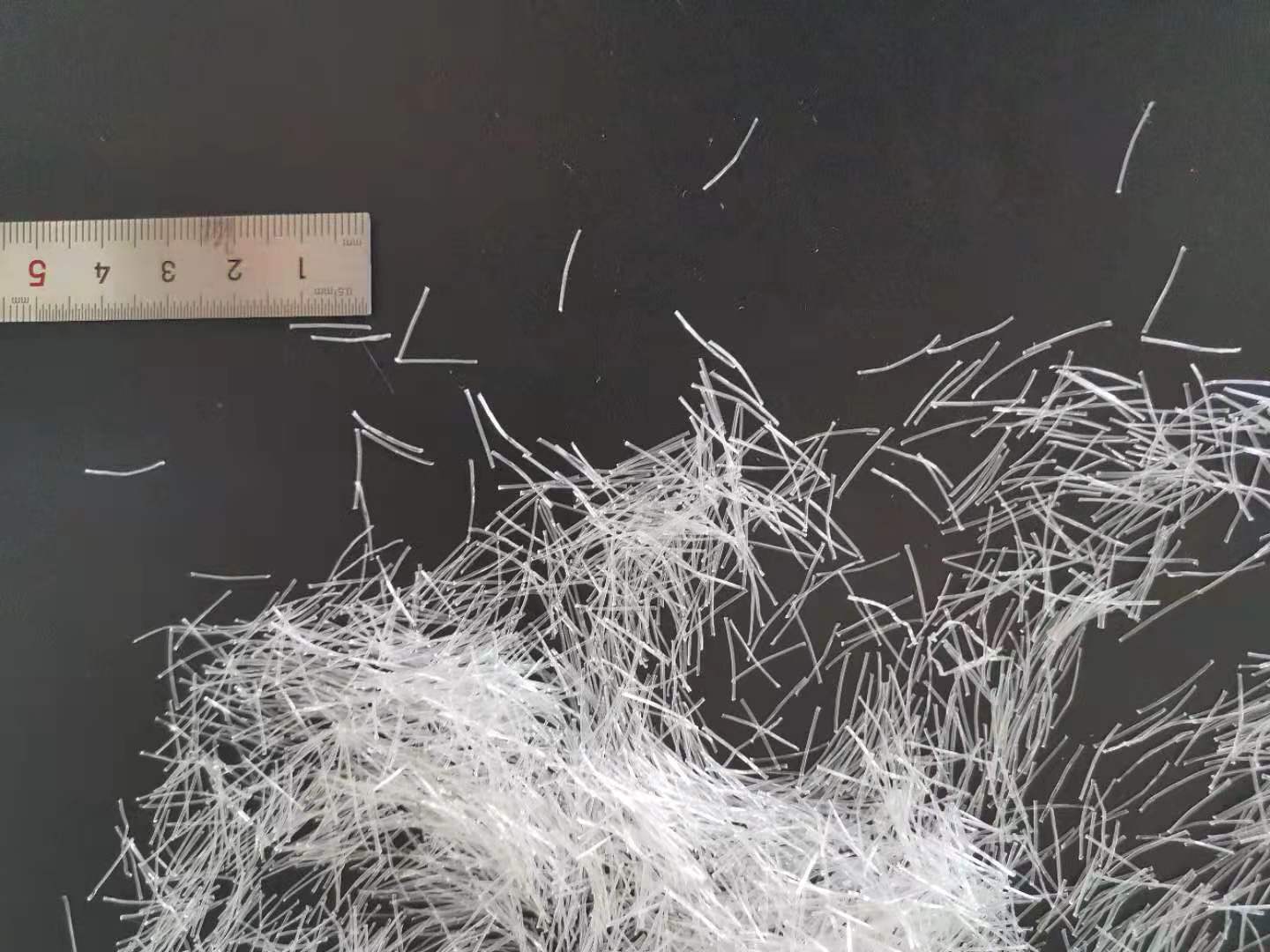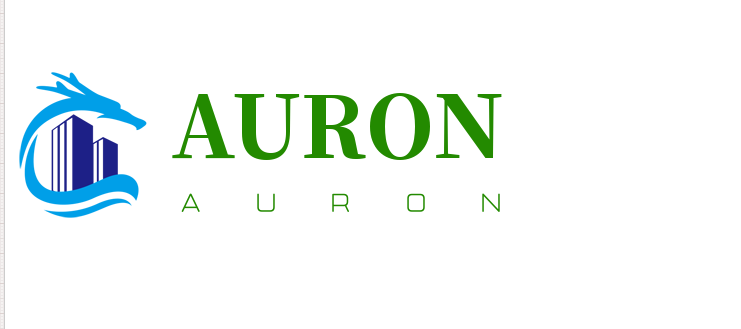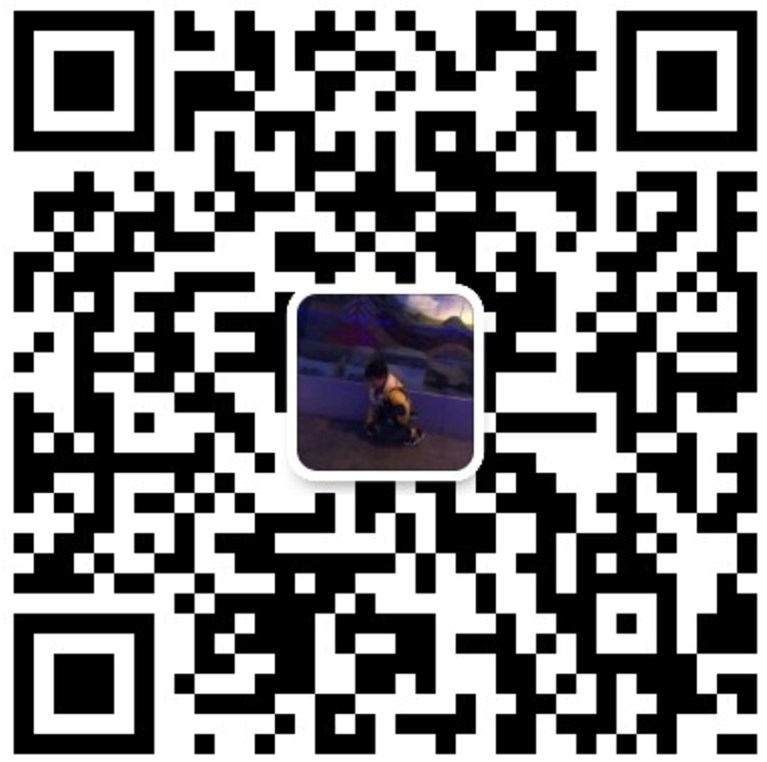Fiber reinforced concrete: a general term for composite materials composed of fiber and cement-based materials (cement Du stone, mortar or concrete). The main disadvantages of cement paste, mortar and concrete are: low tensile strength, small ultimate elongation, brittle. Adding fiber with high tensile strength, high ultimate elongation and good alkali resistance can overcome these shortcomings.
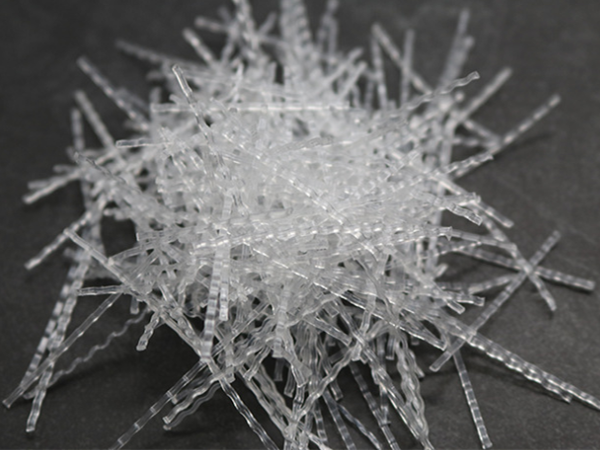
The fibers used can be divided into:
1) metal fibers. Such as steel fiber (steel fiber concrete), stainless steel fiber (for heat-resistant concrete),copper coated micro steel fiber (for UHPC)
2) Inorganic fiber. There are mainly natural mineral fibers (chrysotile, crocidolite, iron wool, etc.) and man-made mineral fibers (alkali resistant glass fiber and alkali resistant mineral wool and other carbon fibers).
③ Organic fiber. Synthetic fibers (such as polyethylene, polypropylene fiber, polyvinyl alcohol fiber, nylon, aromatic polyimide, etc.) and plant fibers (sisal, Agave, etc.) are mainly used.
Synthetic fiber should not be used in the thermal environment above 60 ℃.
Compared with ordinary concrete, fiber reinforced concrete (FRC) has many advantages, but it can not replace reinforced concrete. People began to add fiber into reinforced concrete to make it become steel fiber composite concrete, which has developed a new way for the application of fiber reinforced concrete.


